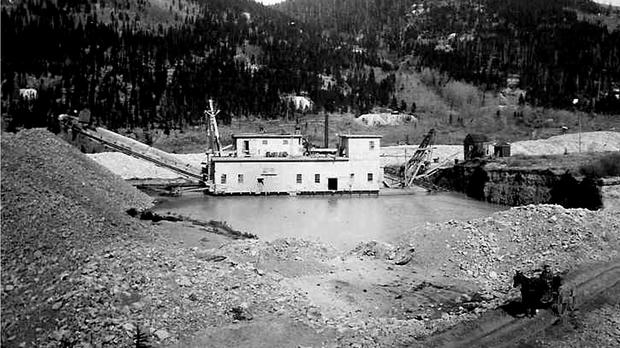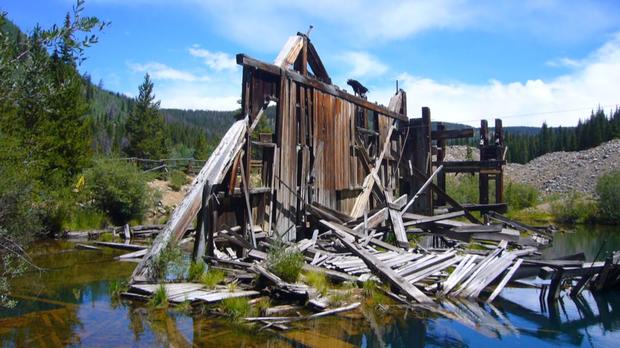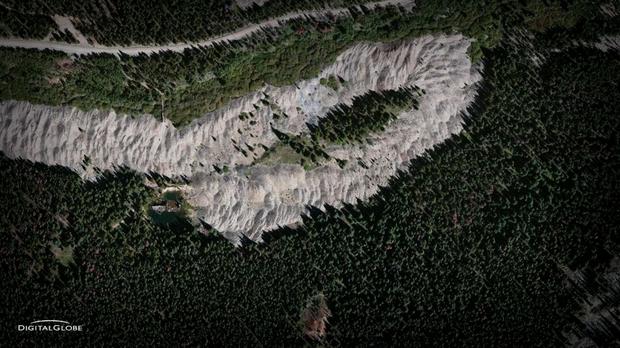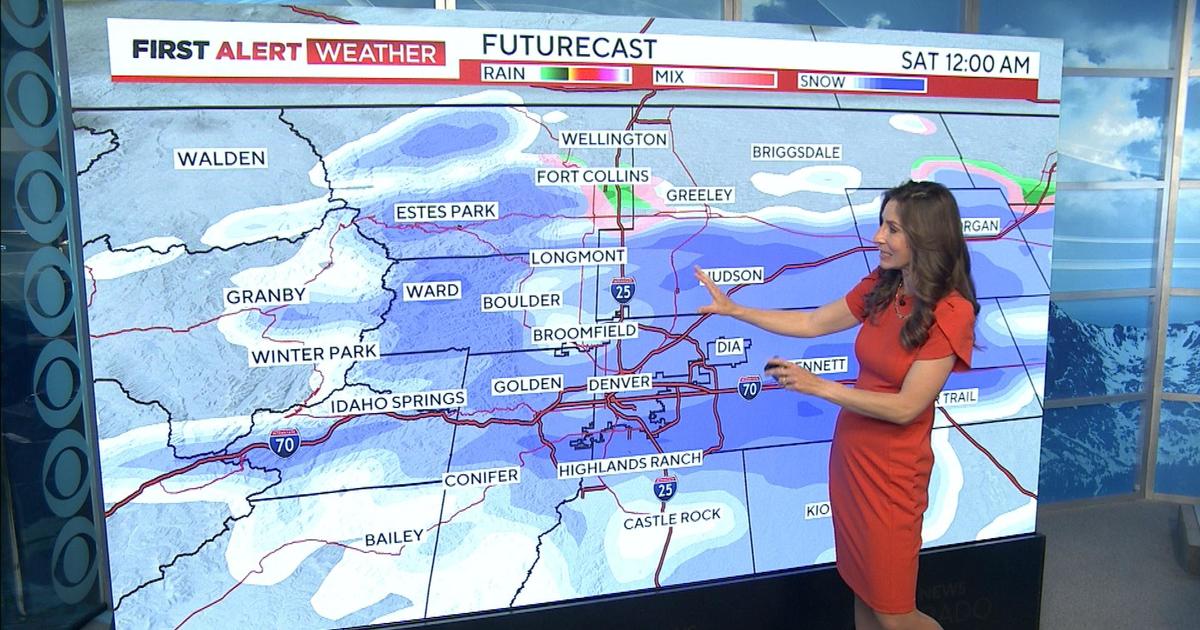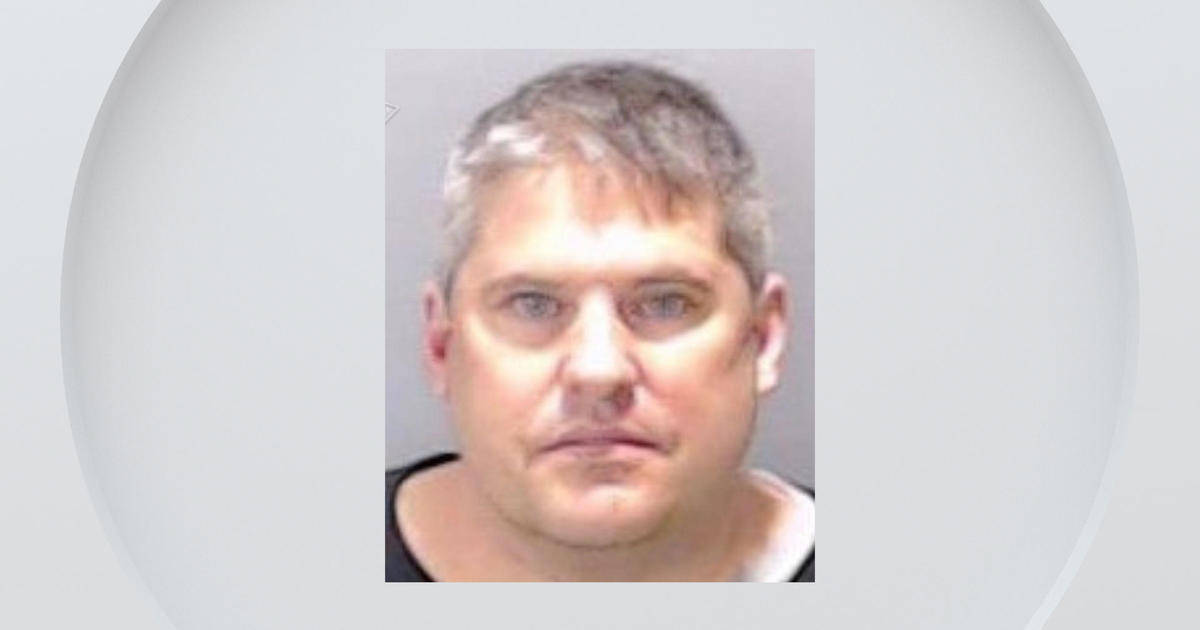Century-Old Gold Dredge Still Tells the Story of Breckenridge's Mining Past
BRECKENRIDGE, Colo. (CBS4) - They're scars left over from a bygone era -- huge piles of torn-up earth that lie in the valleys surrounding Breckenridge. These are the tailings piles from the numerous gold dredges that operated in the area up in the early half of the 20th century.
"Breckenridge was founded on the discovery of gold," says Wendy Wolfe, who sits on the Breckenridge town council. "That is a very rich history, a very rich story for Breckenridge."
First came the placer mines along the streambanks. Then the shaft mines, but there was money to be made on the valley floor. Getting to that gold required a new form of mining --the dredge.
Larry Crispell of the Breckenridge Heritage Alliance explains.
"The dredges were going after gold that had been eroded through time by the forces of nature and had been brought down into the valley floor. Because of the nature of gold being very heavy, the gold over eons ended up down at the bedrock level with layers of silt over the top of it."
That gold lay on average around 30 feet below the ground. It couldn't be mined with traditional mining techniques, it had to be dug up. To do that, large dredge boats would be assembled on site, floating in man-made ponds that moved with the dredge as it dug up the earth in front of it.
Onboard the dredge were large drums and other machines to separate the gold ore from the rest of the rock. The gold ore would be collected and smelted. The waste rock dumped into large piles off the back of the dredge, leaving large scars in their wake.
One of these dredges still lies in a small pond off of French Gulch Road, just east of Breckenridge. It's called the Reiling Dredge.
It began operating in 1909, going up French Gulch, then turning around and returning back towards Breckenridge over the course of 13 years. In 1922, its trip stopped abruptly when it sank in the shallow pond it had created around itself.
Its operators simply walked away, leaving the dredge where it lie. Larry Crispell explains one possible reason why: "These companies were always struggling to raise money."
Even though it seems like there was a lot of gold being brought out of the dredges, they had huge expenses -- manpower, maintaining the dredges, paying for the power, everything else. I suspect they just didn't have the capital to overcome that sinking."
To see the dredge today, you'd be happy there's a historic photo of it on an interpretive plaque nearby, because what's left today offers little clue as to what it used to be. Much of the structure has rotted and fallen into the pond that surrounds it. The deck of the dredge is still largely intact, though often sitting just under the surface of the pond.
For those who know about it, there's beauty -- and history -- in those rotting timbers. Larry Crispell has been coming out to visit for 30 years, often bringing his family and a picnic lunch.
"The water's quite clear. You can stand on the edge of the dredge. You can look down and still see the remnants of the dredge that were thrown off at one point."
Preservationists know the dredge could never be rebuilt to its original glory. That's not the goal. Wendy Wolfe says the ruins tell the story of mining in the area very well. "In a way, it's a richer story to allow it to be in its current state and preserve what's here and interpret with other means what was here in 1922. You let a relic like this sort of tell its own story even in its demise."
Crispell agrees.
"They can understand the context that it's this machine that created all these rock piles around here."
He says it's a testament to a time in Colorado's history where the ends justified the means. "It's not just this machine, it's not just the rock piles, but it's of an age that hopefully we're past, but of an age where destruction of the environment was justified with the end being the gold in hand."
Good or bad, it's what built Breckenridge.
Wolfe admits it's a bit controversial.
"There are those folks who feel that dredge boat mining is sort of a part of our history that would be better off forgotten. There are others who feel it is a story worth preserving. It's a story that was very important to the evolution of this community 100 years ago, and we should keep some of the relics of that story, so our children and our children's children can appreciate what the pioneers went through to come to this town and make a living through mining gold.
LINKS: Colorado Preservation, Inc. | Breckenridge Heritage Alliance
Kevin Strong is the producer of "Colorado's Most Endangered Places" -- an annual special that airs on CBS4 that profiles endangered historic sites in Colorado. To contact Kevin, click here.
